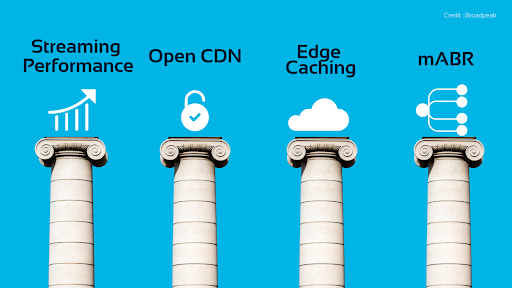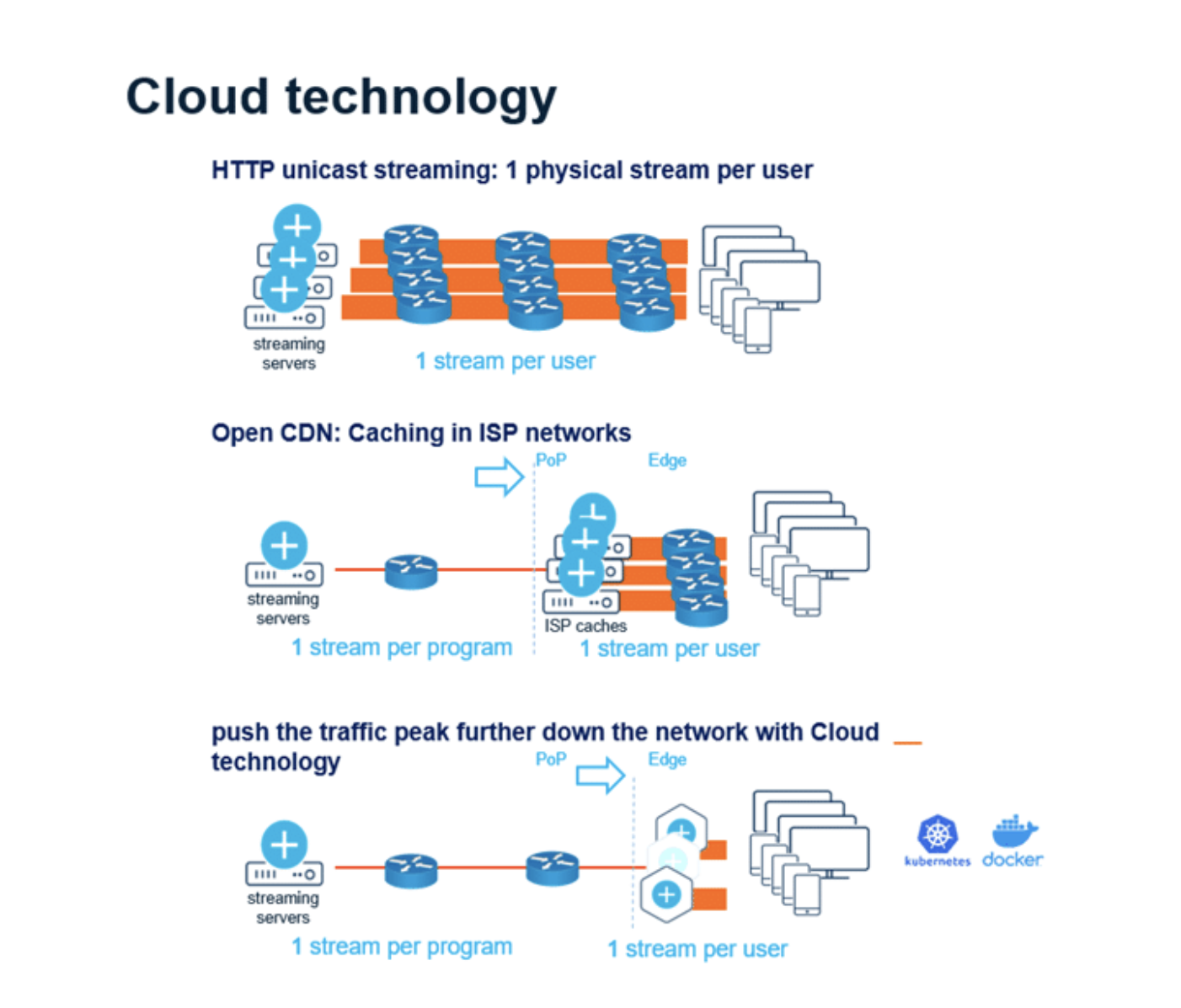Unlocking Efficiencies to Boost Video Streaming Performance, Sustainability, and Cost Savings
With the escalating demand for video content, efficient and economical delivery solutions are imperative to cope with the surging traffic

The video streaming industry is booming, but so are the costs associated with delivering high-quality content to millions of viewers. Cutting costs for video streaming is crucial. Sandvine's 2023 Global Internet Phenomena Report found that data usage from video sites increased by 24% in 2022, and video accounted for a staggering 65% of all internet traffic last year. With the escalating demand for video content, efficient and economical delivery solutions are imperative to cope with the surging traffic.
The transition from broadcast to streaming has intensified the pressure on video service providers to deliver a broader range of content to an expanding audience, including live streaming, UHD, 4K, and low latency, all while maintaining exceptional quality. Equally important to delivering outstanding video quality is reducing its impact on the planet. Groups like Greening of Streaming underscore the industry’s commitment to addressing the environmental impact of video streaming.
The silver lining is that this doesn't necessarily entail hefty investments in infrastructure or extensive upgrades. Thanks to cost-effective distribution strategies driven by intelligent technologies, video service providers can minimize the need for infrastructure expansions or new deployments, thus keeping pace with the evolving video delivery landscape without straining their finances.
Key Technology Trends for Sustainable Video Streaming
Among the foremost challenges facing video service providers is the task of meeting escalating global demands for video streaming offerings without resorting to deploying additional hardware equipment, which would contribute to the industry’s environmental footprint.

Video delivery optimizations are key to maintaining high-performance video streaming platforms — economically and sustainably. Open CDN, high-performance streaming software, edge caching, and multicast ABR are transforming video streaming practices.
Open CDN
Within the video industry, a prominent trend for sustainable video streaming involves utilizing existing infrastructure to deliver streaming services and sharing resources from ISPs. Mutualizing existing CDN resources belonging to ISPs is an opportunity for video service providers to avoid deploying and maintaining their own streaming servers, offering a boost in cost savings.
Beyond lowering delivery costs, this approach empowers video service providers to offer a superior quality of experience to subscribers. ISPs benefit from sharing resources too, as this approach helps to optimize their infrastructure costs, traffic control, and the ability to differentiate based on QoE.
The professional video industry's #1 source for news, trends and product and tech information. Sign up below.
An open CDN approach contributes to a more sustainable streaming system by utilizing common caches rather than deploying individual ones for each content provider, resulting in less infrastructure and reducing electricity consumption, especially during major live events where capacity in the core network of the ISP is often wasted by streaming one stream per program before the cache and then one stream per user after.
High-Performance Streaming Software
Another way that video service providers can achieve sustainable video streaming is by employing high-performance streaming software. This strategy targets enhancing efficiency, thereby reducing the number of servers needed, GHG emissions, and power consumption.
Through streamlining operations and implementing cutting-edge, high-performance technologies, video service providers can achieve significant improvements in energy efficiency and cost effectiveness for their streaming services.
Certain iterations of streaming software have demonstrated a remarkable 72% improvement in throughput performance, all while consuming notably less power compared with traditional video servers.
Edge Caching
Edge caching is a powerful tool that video service providers can utilize to further reduce the cost of video delivery. Deploying caches in a video distribution system enables one-to-many connections. With this approach, video content undergoes a single download at the cache level before being replicated for multiple users’ requests.
This leads to notable infrastructure reductions in the network, upstream of these caches. Consequently, the further these caches are extended to the network’s edge, the more significant the savings. This inadvertently enhances quality for end users by enabling streaming from closer locations.
However, once the network reaches a certain depth, the effectiveness of each cache entity diminishes as the number of served individuals decreases. At this juncture, it becomes necessary to tailor strategies to the unique characteristics of these smaller user groups.
For instance, this might involve initiating instances only when a sufficient number of users are concurrently active in the region, or automatically adjusting resource sizes upon reaching specific usage thresholds. In essence, edge caching demands dynamic, context-aware approaches, an area where cloud technology, especially container orchestration, proves pivotal.
This adaptive approach enables companies to allocate resources more effectively, reduce operational costs, and enhance the overall performance of their streaming services.
Multicast ABR
Multicast ABR (MABR) is transforming the delivery of live events to massive audiences. With MABR technology, video service providers can provide the same physical stream to all users, even amidst popular events drawing in millions of viewers. Utilizing MABR, service providers are empowered to significantly decrease network dimensioning and therefore reduce the costs associated with delivering top-tier streaming content.
A growing number of leading video service providers, including BT group, TIM, Bouygues Telecom, and Orange, have embraced MABR technology, validating it is an effective solution for saving video delivery costs. Furthermore, MABR elevates the user experience by ensuring a consistent, reliable streaming service for all viewers.
Video streaming is undergoing rapid transformation. Delivering high-quality streaming quality in this environment, and embracing cost-effective and sustainable solutions is critical. This will not only ensure excellent streaming performance and efficiency but also position companies as leaders in environmental responsibility.
Through investment in advanced technologies and the implementation of innovative strategies, video service providers can crucially secure a competitive edge in the marketplace and consistently deliver top-notch streaming video to customers.
Damien Sterkers is the Video Solutions Marketing Director at Broadpeak


